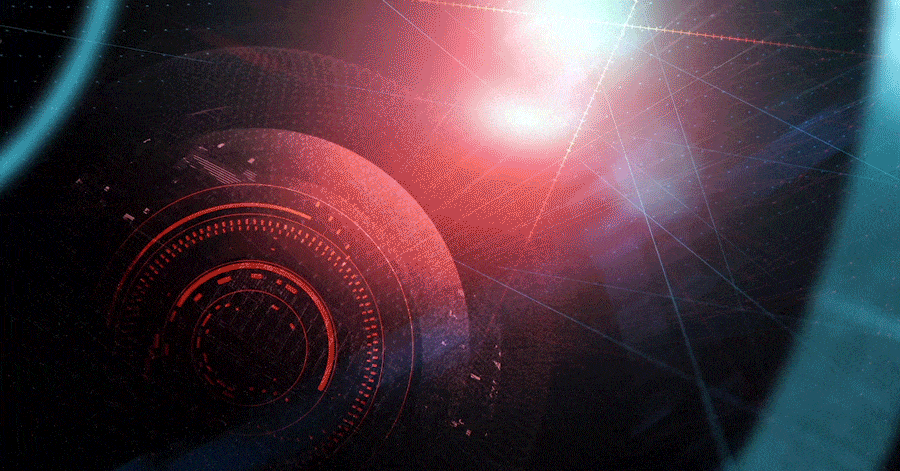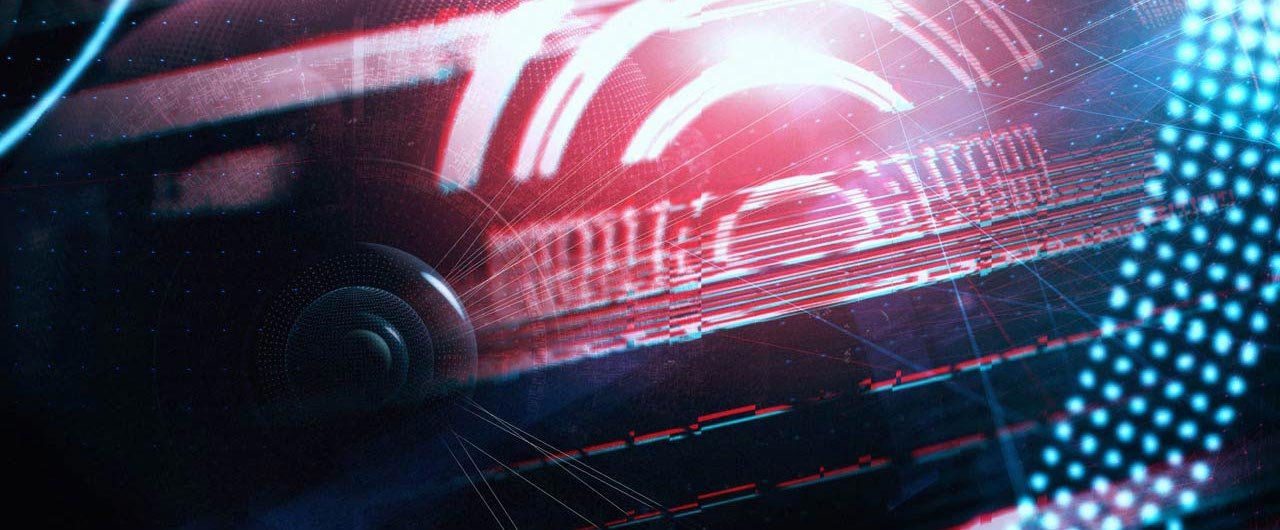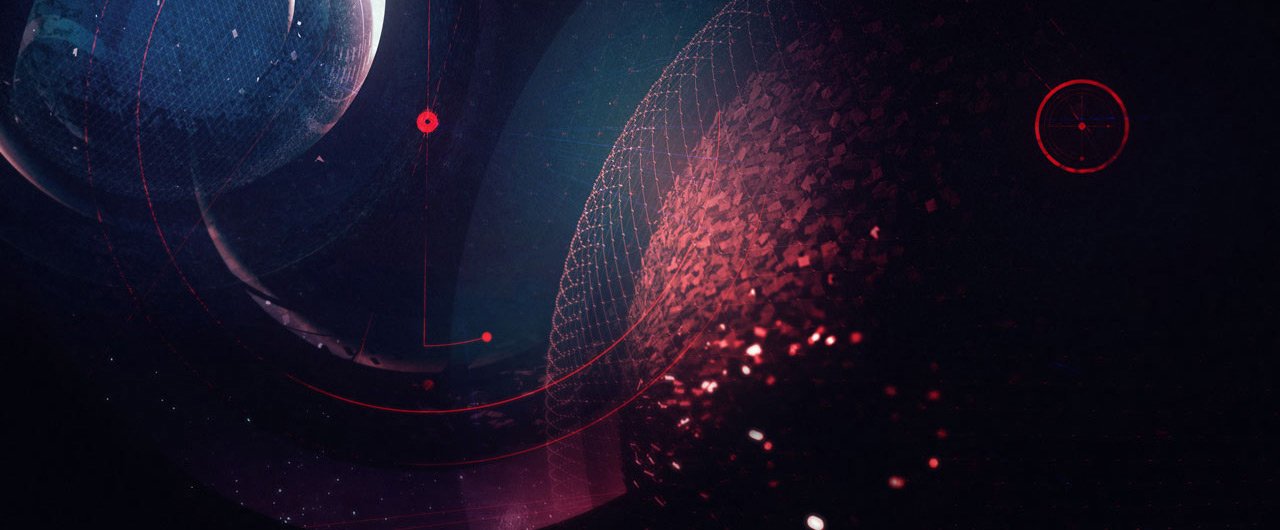
UI & Data Design for Film
(…or How I Learned to Stop Worrying and Love Cinema 4D)
Most folks mistake me for being into sports when in reality I’m a massive nerd at heart: video games, science fiction, fantasy, D&D – if it’s nerdy chances are I like it. So I’ve always had a fixation on futuristic settings and UI’s. This course is a collection of concept scenes and explorations I created for the course UI and Data Design for Film, taught by the legendary Ash Thorp. I’m eternally grateful to the good people at Learn Squared who provided me with plenty of fuel to indulge my nerdy-side and combine it with my love of design and animation.
Since this project was a while ago I can’t remember what my “high” concept was but I used this course as an opportunity to sink my teeth into learning Cinema 4D – a program that I had always been equal parts intrigued by and terrified by…
The first few weeks of the course were spent in Adobe Illustrator — I focused on creating an “asset army” to be used later on in the compositing phase. In Illustrator we were taught how to ingeniously create futuristic designs and elements by layering simple but intricate details together and converting those mini-compositions into a stroke pattern that would be used to make even more elaborate compositions and designs.
A series of small and simple steps over time created elaborate and intricate visual elements. It really demystified how a lot of impressive graphics and visuals are really just the sum of small moving parts. We would later use these assets in combinations with C4D and compositing.
With the vector assets in hand, it was time to jump into Cinema 4D! The first C4D lesson was all about learning the UI and the tools. With a strong-ish understanding of C4D we next explored various ways to create interesting forms that adhered to our concept. We used booleans, atom arrays, texture parameters, fresnel shaders, deformers, generators, and lighting techniques just to name a few.
It was an amazing crash course for me, I would get lost in the program for hours just exploring and playing. I got to learn the technical side of Cinema 4D without the pressure of having a larger goal in mind other than to explore what the program can really do.
After generating all of the assets in Illustrator and C4D, we brought them into Photoshop where the true magic happened – compositing. This part of the process was incredibly enjoyable. Creating assets was a technical exploration in a vacuum, where compositing is where the artistry really happened. Photoshop is where the magic happened and the compositions really started to take shape. We reviewed rules of composition, ways to layer effects in interesting ways, how to adjust different color channels, and several more compositing techniques.






I did an animation exercise to cycle between the the different scenes once I had final frames that I was happy with. It was a great course, I learned new ways to use Illustrator and finally broke the seal on how to use Cinema 4D — one of my favorite programs to this day.


